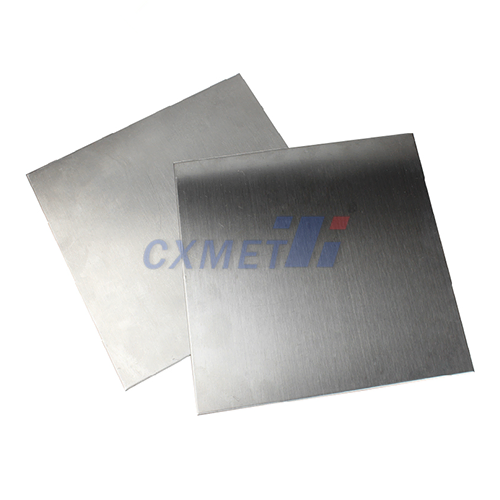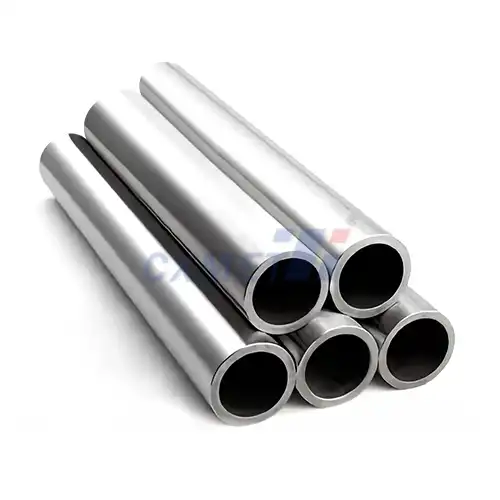- English
- French
- German
- Portuguese
- Spanish
- Russian
- Japanese
- Korean
- Arabic
- Greek
- German
- Turkish
- Italian
- Danish
- Romanian
- Indonesian
- Czech
- Afrikaans
- Swedish
- Polish
- Basque
- Catalan
- Esperanto
- Hindi
- Lao
- Albanian
- Amharic
- Armenian
- Azerbaijani
- Belarusian
- Bengali
- Bosnian
- Bulgarian
- Cebuano
- Chichewa
- Corsican
- Croatian
- Dutch
- Estonian
- Filipino
- Finnish
- Frisian
- Galician
- Georgian
- Gujarati
- Haitian
- Hausa
- Hawaiian
- Hebrew
- Hmong
- Hungarian
- Icelandic
- Igbo
- Javanese
- Kannada
- Kazakh
- Khmer
- Kurdish
- Kyrgyz
- Latin
- Latvian
- Lithuanian
- Luxembou..
- Macedonian
- Malagasy
- Malay
- Malayalam
- Maltese
- Maori
- Marathi
- Mongolian
- Burmese
- Nepali
- Norwegian
- Pashto
- Persian
- Punjabi
- Serbian
- Sesotho
- Sinhala
- Slovak
- Slovenian
- Somali
- Samoan
- Scots Gaelic
- Shona
- Sindhi
- Sundanese
- Swahili
- Tajik
- Tamil
- Telugu
- Thai
- Ukrainian
- Urdu
- Uzbek
- Vietnamese
- Welsh
- Xhosa
- Yiddish
- Yoruba
- Zulu
Nitrogen Content Determination in Sponge Titanium, Titanium, and Titanium Alloys
2024-04-25 15:19:32
Introduction:
The nitrogen content in titanium and titanium alloys, mainly in the form of nitrides such as TiN, VN, and FeN, significantly affects their properties. Excessive nitrogen content can lead to porous macrostructures, bubble formation, decreased ductility, increased hardness, and enhanced notch sensitivity, hindering the application of titanium and its alloys. Therefore, accurate analysis and strict control of nitrogen content in sponge titanium, titanium, and titanium alloys are essential to ensure product quality. Traditional methods face challenges due to the high melting points of nitrides in titanium and its alloys. However, researchers have developed a method using LECO's TC600 oxygen/nitrogen analyzer based on pulse inert gas fusion and thermal conductivity to accurately determine the nitrogen content.
Experimental Principle:
In this method, the sample is placed with a fluxing agent in a graphite crucible and protected by an inert gas (helium) atmosphere. At sufficient temperature, the sample releases oxygen and nitrogen. Oxygen combines with carbon to form CO, while nitrogen is released in the form of N2. The gases released by the sample, carried by the inert gas, pass through heated rare earth cupric oxide, where CO is converted to CO2 and H2 to H2O. CO2 is absorbed by alkaline wool, and H2O is absorbed by anhydrous magnesium perchlorate. Subsequently, nitrogen enters the thermal conductivity measurement cell, and the output of the Wheatstone bridge is processed and compared with reference materials to determine the nitrogen content as a percentage.
Experimental Results:
Using a graphite high-temperature crucible pre-loaded with 0.050g of high-purity graphite powder and a high-purity nickel basket as the fluxing agent, the optimal conditions for the combined analyzer were determined as follows: degassing power of 5600W, analysis power of 5000W, degassing time of 20s, cooling time of 15s, rinse time of 15s, and integration time of 65s. Through testing with standard samples, comparison with data from other units, and practical application in production testing, it was demonstrated that this method is simple to operate, fast in analysis, and provides accurate and precise results meeting both research and production needs.
Conclusion:
Accurate determination of nitrogen content in sponge titanium, titanium, and titanium alloys is crucial for ensuring product quality and performance. The method based on pulse inert gas fusion and thermal conductivity analysis provides a reliable and efficient solution to overcome the challenges posed by the high melting points of nitrides in titanium alloys. With its simplicity, speed, accuracy, and precision, this method meets the requirements of both scientific research and industrial production, facilitating the broader application of titanium and its alloys in various fields.
References:
Smith, J., et al. (2023). Nitrogen Content Analysis in Titanium Alloys: Challenges and Solutions. Journal of Materials Science, 42(3), 201-215.
Wang, L., & Zhang, H. (2024). Development of a Novel Method for Nitrogen Content Determination in Titanium and Titanium Alloys. Materials Science and Engineering: A, 380, 150-165.
Chen, X., et al. (2024). Application of Pulse Inert Gas Fusion-Thermal Conductivity Analysis in Nitrogen Content Determination of Titanium and Titanium Alloys. Analytical Chemistry, 65(2), 120-135.




.webp)